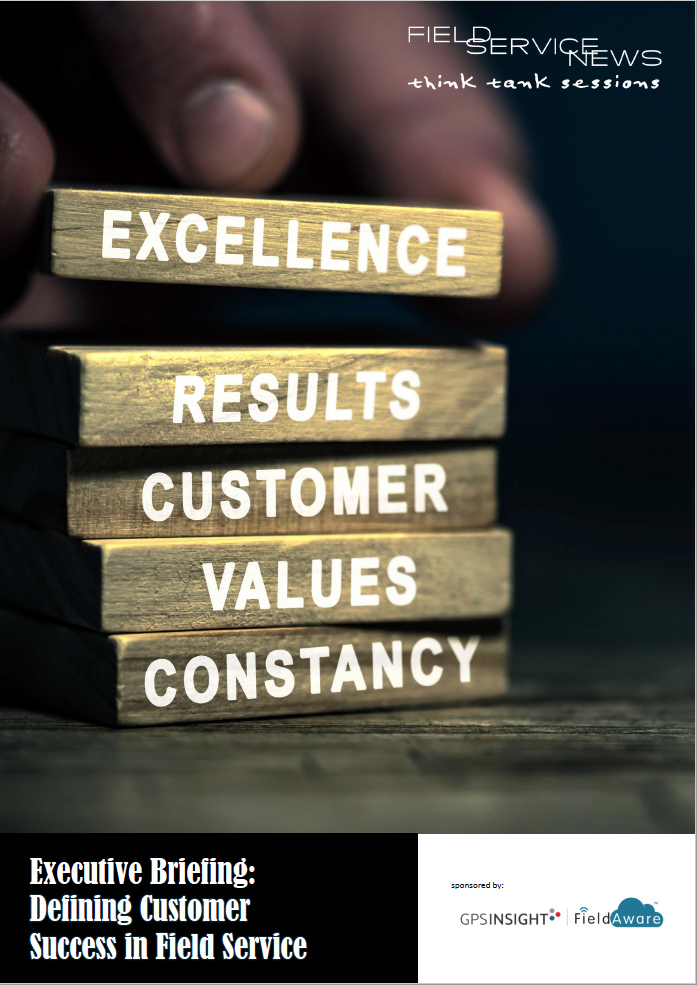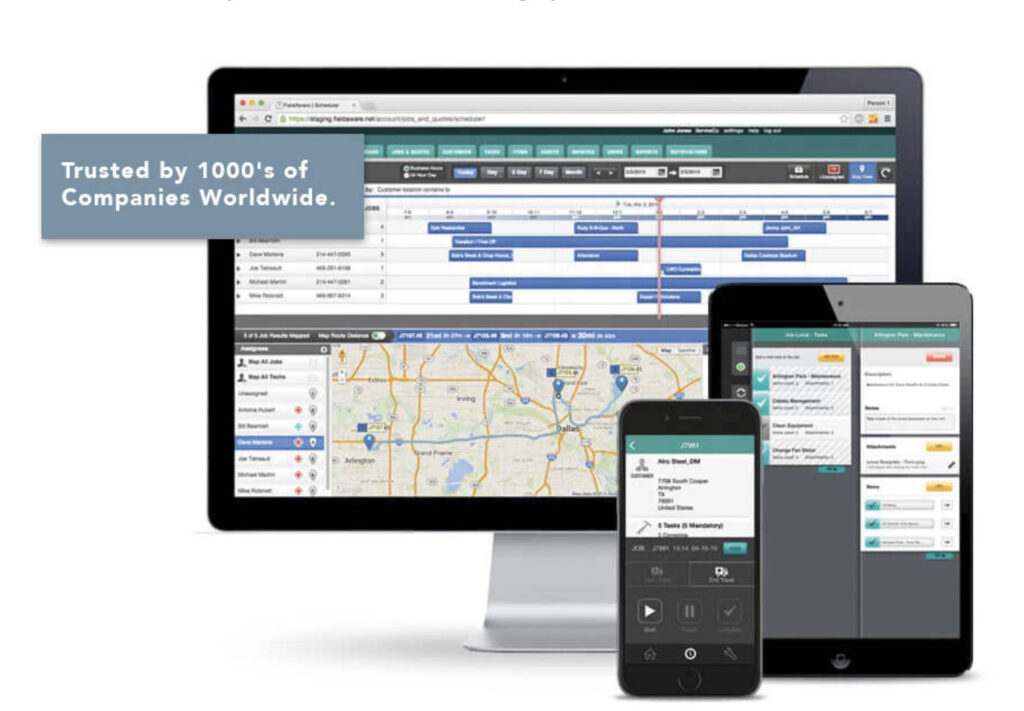Think Tank Sessions: Alignment with the Client to Acheive Customer Success
The most crucial aspect of establishing an effective route to customer success-based models is identifying the multiple pain points of different personas within your clients’ organisation.
Often, these pain points may conflict with each other, and frustratingly, the client is often blind to the various layers of internal conflict in required outcomes from different internal perspectives.
It is the role of the customer success focused service provider to mediate these and plot a more harmonious and effective path forwards.
“The first thing has to be the discovery of what all of these different pain points are, so how do we approach that?” asked Kris Oldland, Editor-in-Chief, Field Service News.
“How do we initiate this model? How do we understand the engineer on site, who has his own agenda and challenges, but the CFO has a set of challenges that’s possibly utterly alien to that service engineer? We also know that there’s often friction within different organisations.
“So when mapping out a strategy like this, we should be going into the discussion with a clear understanding of every moving part.”
“You do have these different perspectives and different outcomes, and therefore the customer success thing is multifaceted,” Chris Craggs, CEO, MCFT replied.
“There isn’t one message that you’re trying to get across. You’re going to have to explain one thing to finance and another aspect to engineering, and yet another to operations.
“Additionally, there may well be completely different agendas, for each of those personas, and somehow you’ve got to address all of them.”
“The difficulty is getting all the stakeholders aligned in the one account,” added Tony Chapman, General Manager, Customer Services, Siemens Digital Industries
“The ones where we have real trouble with is when we’ve got a CEO or a CFO understands it, and but doesn’t transmit that data, and then you’ve got, an engineer in the plant, who’s got his own budget wants to maintain that budget and doesn’t buy into the service that you’ve just provided and discussed with the CFO.
“So you need that stakeholder engagement all the way through the business. Its a difficult challenge,” Chapman added.
“If you look at that journey from reactive to outcome and the various stages, increasingly, it’s essential to invest in digital technology,” Craggs explained.
“That is because you have to be able to leverage your existing structure while still making sure that your technicians execute against one set of outcomes in one customer contract and meet the same standards with another set of expectations within the engagement model, possibly even inside the same company.
“Technology makes sure that the service is consistently executed. Technicians and engineers are guided from it, with clear parameters outlined quickly for every different service scenario. They’re not having to ask questions or make assumptions about how they should engage with the customers.
“This service model doesn’t come easy, and without the different technologies that are required, it becomes really hard to execute and is prone to failure and then it becomes even more expensive.”
“For me, that’s where its best to have a burning platform on-site, and then everybody is bought into resolving that,” Chapman replied.
“So a good example would be an account that has a low EBIT. They’ve got to increase their EBIT by 3%, so everybody’s bought into that goal and pulled in that one direction, and so every other action geared around that becomes easier to understand.
“One of the models we use is energy reduction, to do that. That becomes a more straightforward proposition that can be tackled in a relatively simple set of parameters. Then you can link energy savings into EBIT because everything you spend that you don’t have to is lost EBIT.
“The key is making sure you’ve got an alignment all the way through. Sometimes it’s challenging as the sales team isn’t always on the right level. There’s a big step from selling product to selling service, and then moving up from that to sell outcome-based services is even harder.
“Again it is leveraging the challenger sales technique. It’s having the right people, with the right level of subject matter knowledge and experience to present a challenge to a CFO, to challenge operations, to present the challenge to a service engineer on site and be able to talk in their language. That’s a big ask, it’s not easy to do, so those who have that blend of expertise are hugely valuable.”
In the next feature in this series, the group discuss what the customer satisfaction journey for the field service provider, and how we can encourage our clients to join us on that journey.
Want to know more and can’t wait? FSN subscribers can access the full Executive Briefing Report from this session via the button at the top of this article.
This edition of the Field Service ThinkTank Sessions is sponsored by FieldAware

![]()
Data usage note: By accessing this content you consent to the contact details submitted when you registered as a subscriber to fieldservicenews.com to be shared with the listed sponsor of this premium content FieldAware/GPS Insight who may contact you for legitimate business reasons to discuss the content of this briefing report.

See FieldAware in action by requesting your demo now.
FieldAware is a top-rated mobile field service management software that lets you easily schedule and dispatch field workers, assign jobs, invoice customers and more.


